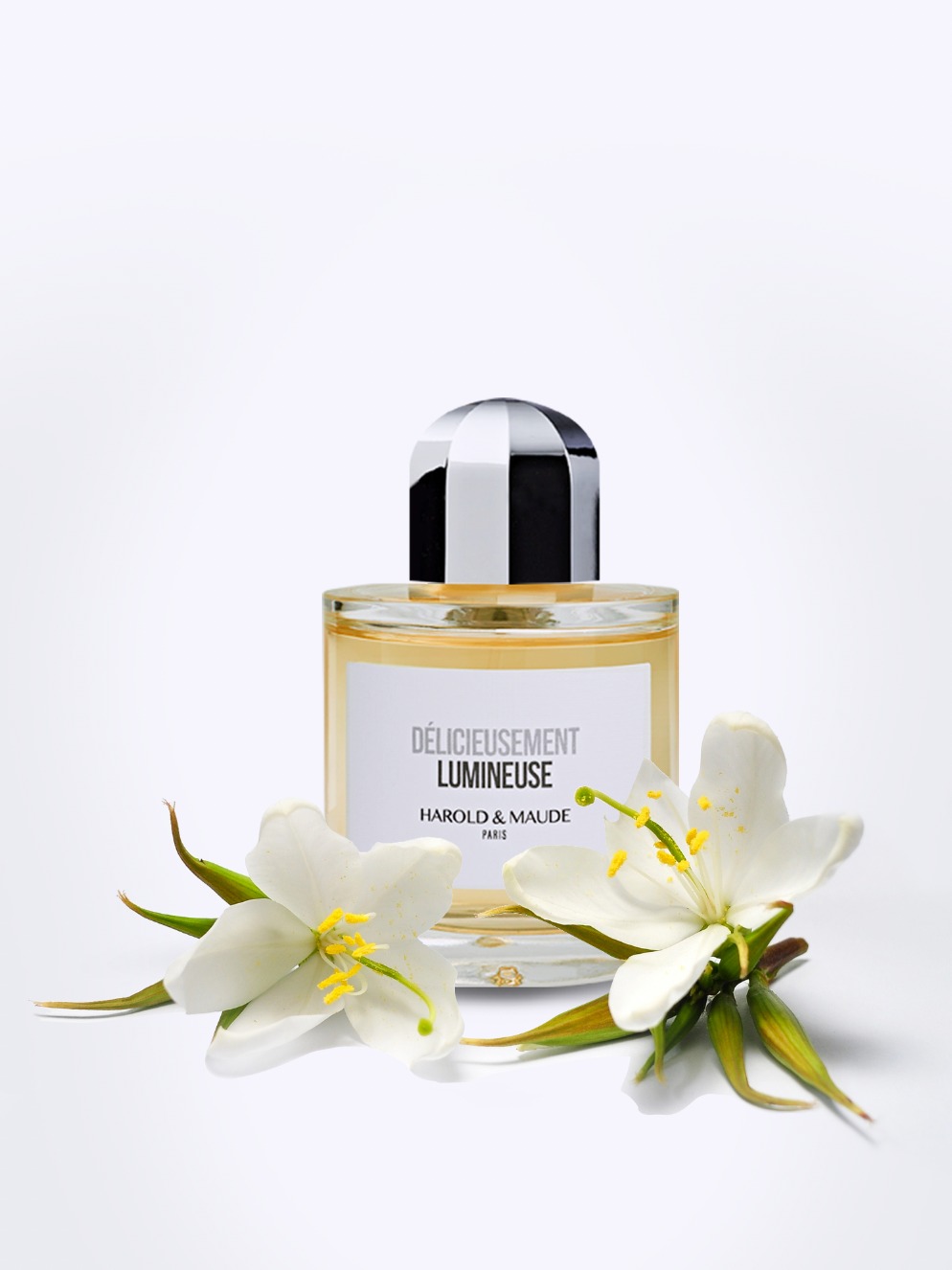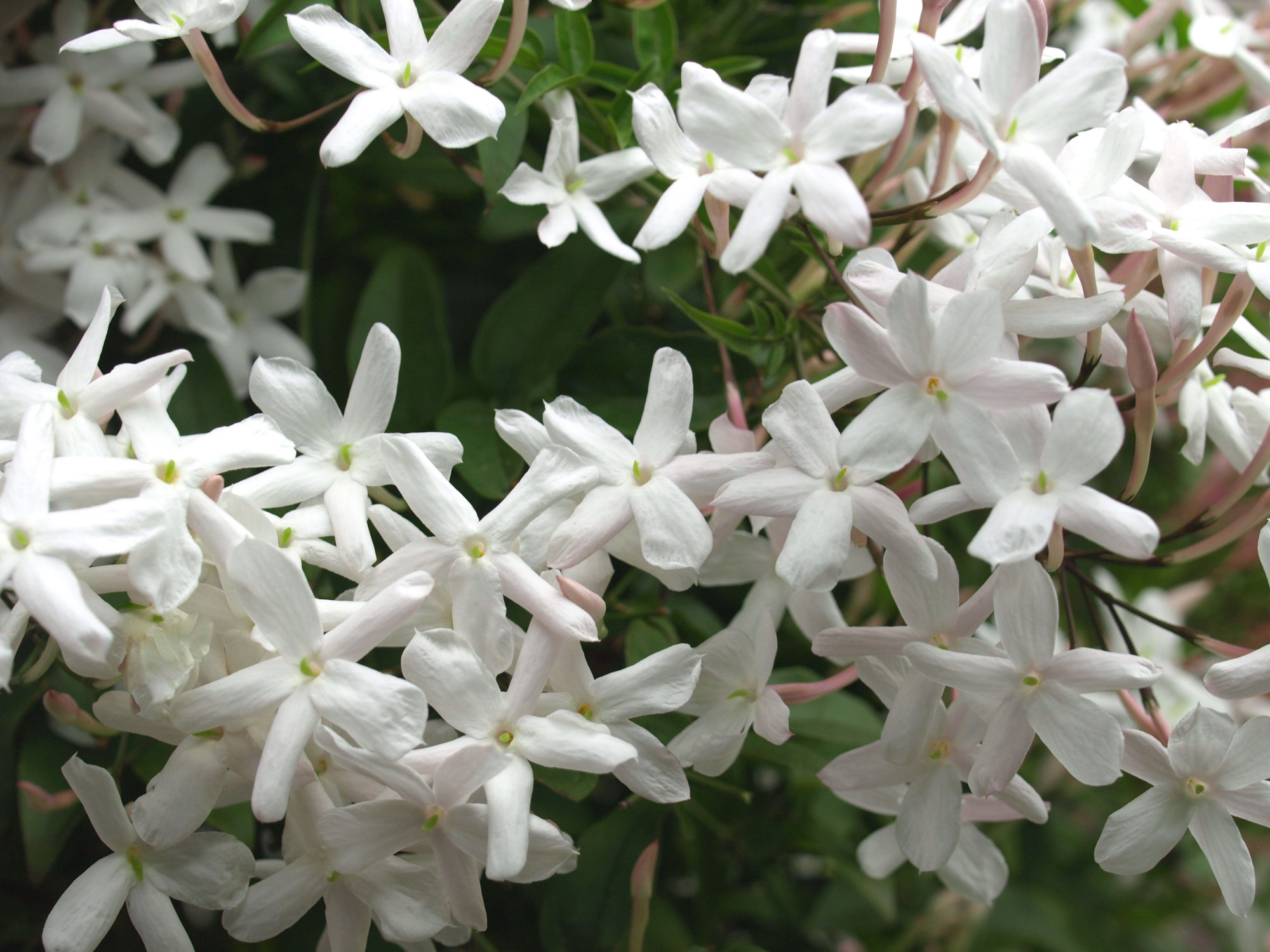
Jasmine is often called "the queen of the night" because of its bewitching fragrance, which spreads as night falls...
For so long...
Did you know that in the ranking of flowers most used in perfumery, the rose, considered to be the queen of flowers, is obviously at the top? In second place comes jasmine, also widely used in perfumes to add a soft, sensual floral note.
An emblematic flower, jasmine has been one of the most popular ingredients for centuries. The ancient Greeks and Romans were the first to use it in their bath oils and body lotions.
It's at 16th It was first introduced to Europe in the 19th century, and French perfumers began to use it in their perfumes, before enjoying a runaway success that continues to this day!

Why is it such a success?
Jasmine is a unique flower in perfumery. Like a firework display, it offers floral, fruity and powdery scents.
The fragrance of jasmine is both delicate and enchanting !
It is often used in women's fragrances but also masculine, because of its softness and sensuality. It is one of those almost addictive scents that appeals to the olfactory memory. Who hasn't remembered the scent of jasmine under the Mediterranean sun, or on a walk through the voluptuous gardens of Marrakech?
Jasmine gives off an intense, floral, suave and sensual fragrance. But its scent also has a warm, exotic side, with its facets of gentleness and delicacy. Depending on its concentration and combinations, jasmine can be tender or sensual. But it can also be both: which makes it a unique flower!
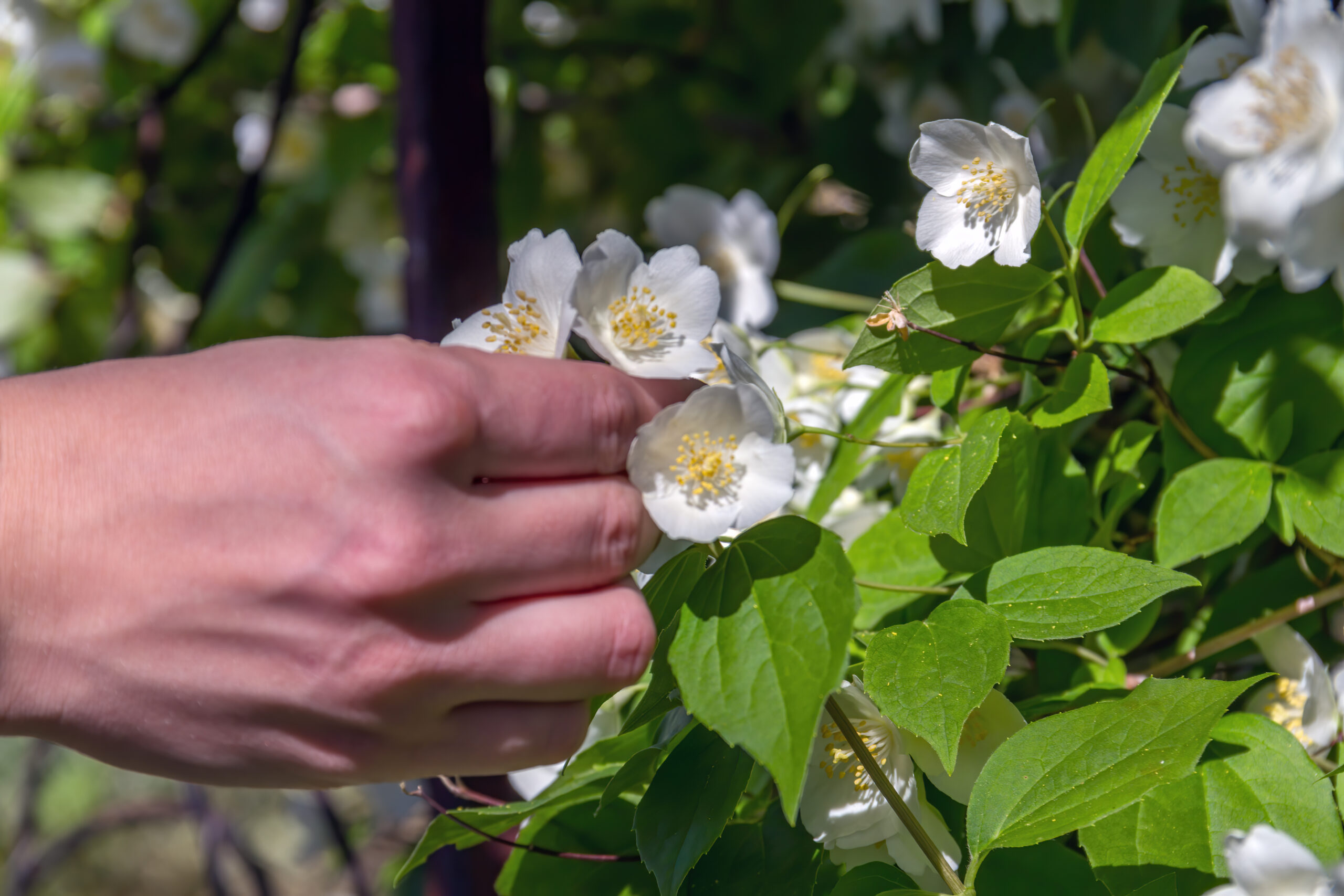
Le jasmine inspires perfumers!
The reason why HAROLD & MAUDE and its composer like to incorporate it into different perfume compositions is that it offers immense combination possibilities.
It is often combined with floral notes such as rose, lily of the valley and gardenia, as well as spicier or woodier notes to create more complex fragrances.
This versatility means it can also be combined with more fruity, spicy or woody notes to add depth and complexity to fragrances.
Here are a few examples of successful combinations with jasmine:
- Jasmine and rose form a romantic duo.
- Jasmine and patchouli create a warm, sensual ensemble.
- Jasmine and bergamot offer a fresh fragrance.
- Jasmine and vanilla create a sweet and delicious duo.
- Jasmine and sandalwood create a woody, exotic fragrance.
Of course, there are many other possible combinations with other ingredients, and the result may also depend on the different concentrations used.
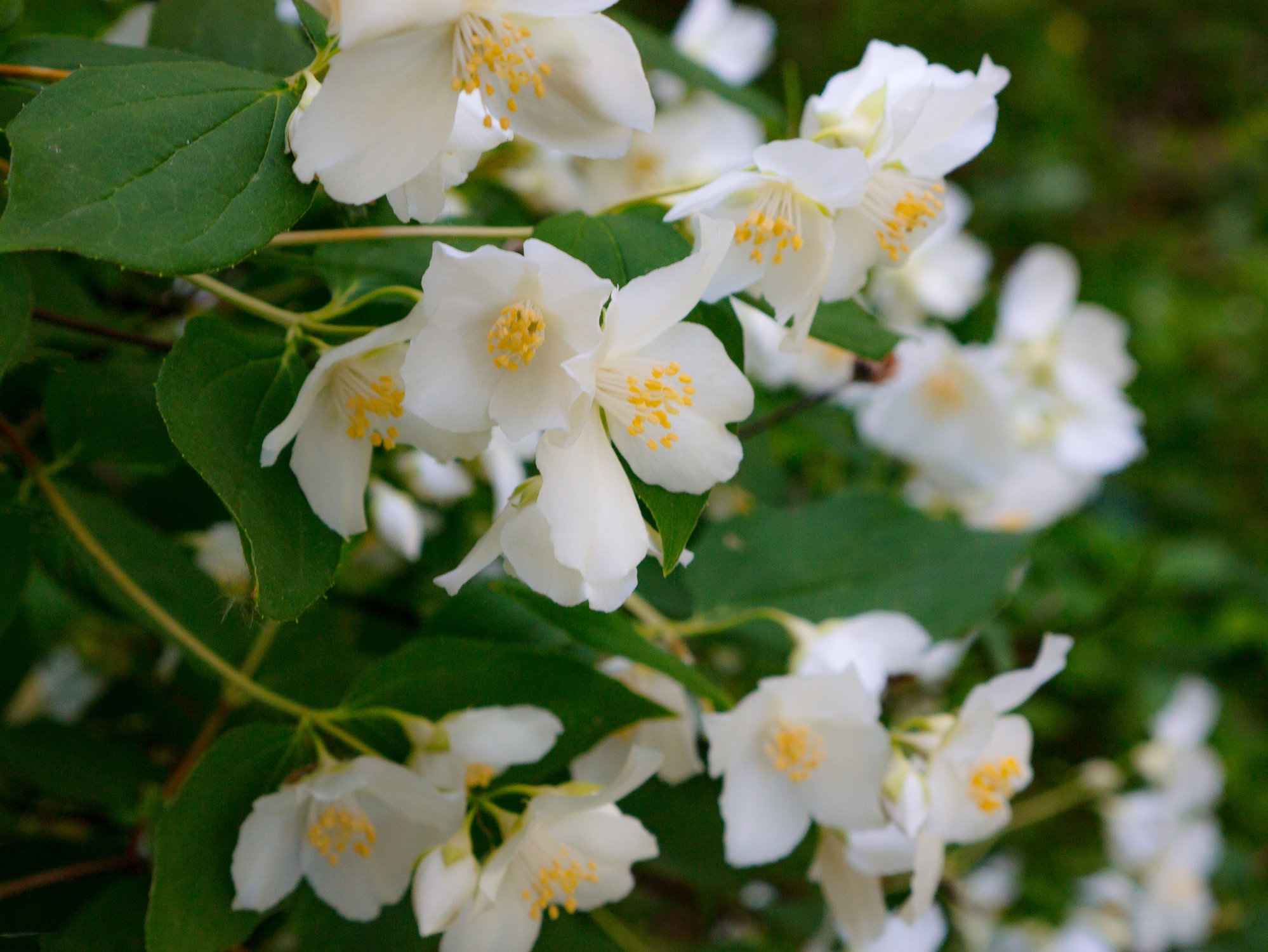
Here are just a few examples of beautiful compositions illuminated by jasmine!
Created in 1930, Parfum JOY by Jean Patou combines jasmine with ylang-ylang and tuberose, while at the same time, Le POIS DE SENTEUR by Caron enhances jasmine with the sweet scent of honey.
Closer to home, there's ATELIER DES FLEURS by Chloé, which combines jasmine with cedarwood and hibiscus. JASMINE SAMBAC ET MARIGOLD by Jo Malone, in which jasmine marries ylang-ylang, amber and vanilla, or AQUA UNIVERSALIS by Francis Kurkdjian, in which the trio of bergamot, jasmine and Moroccan rose adds a lovely freshness. Finally, A LA NUIT by Serge Lutens is a concentrate of jasmine, combined with green notes, on a base of amber and honey.
At LES PARFUMS HAROLD & MAUDESeveral of our compositions contain jasmine, particularly from Egypt. Nejla BARBIR, who created our first fragrances, often uses compositions enriched with jasmine, confirming her journey through different scents and cultures.
It is worth noting DELICIOUSLY TENDER where powdery Egyptian jasmine is enriched by the sweet scents of peach and apple.
In DELICIOUSLY LUMINOUS jasmine divinely illuminates a bouquet of white flowers, roses, a touch of lily of the valley, silky orange blossom and a hint of clove.
Finally, in RESOLUTELY FREEA fragrance for men that women also love to wear, the heart of rose and jasmine flower is reinforced by the surprising leathery, tarry scent of saffron and the camphorated aroma of frankincense, which until now has rarely been associated with jasmine!
Jasmine production ...
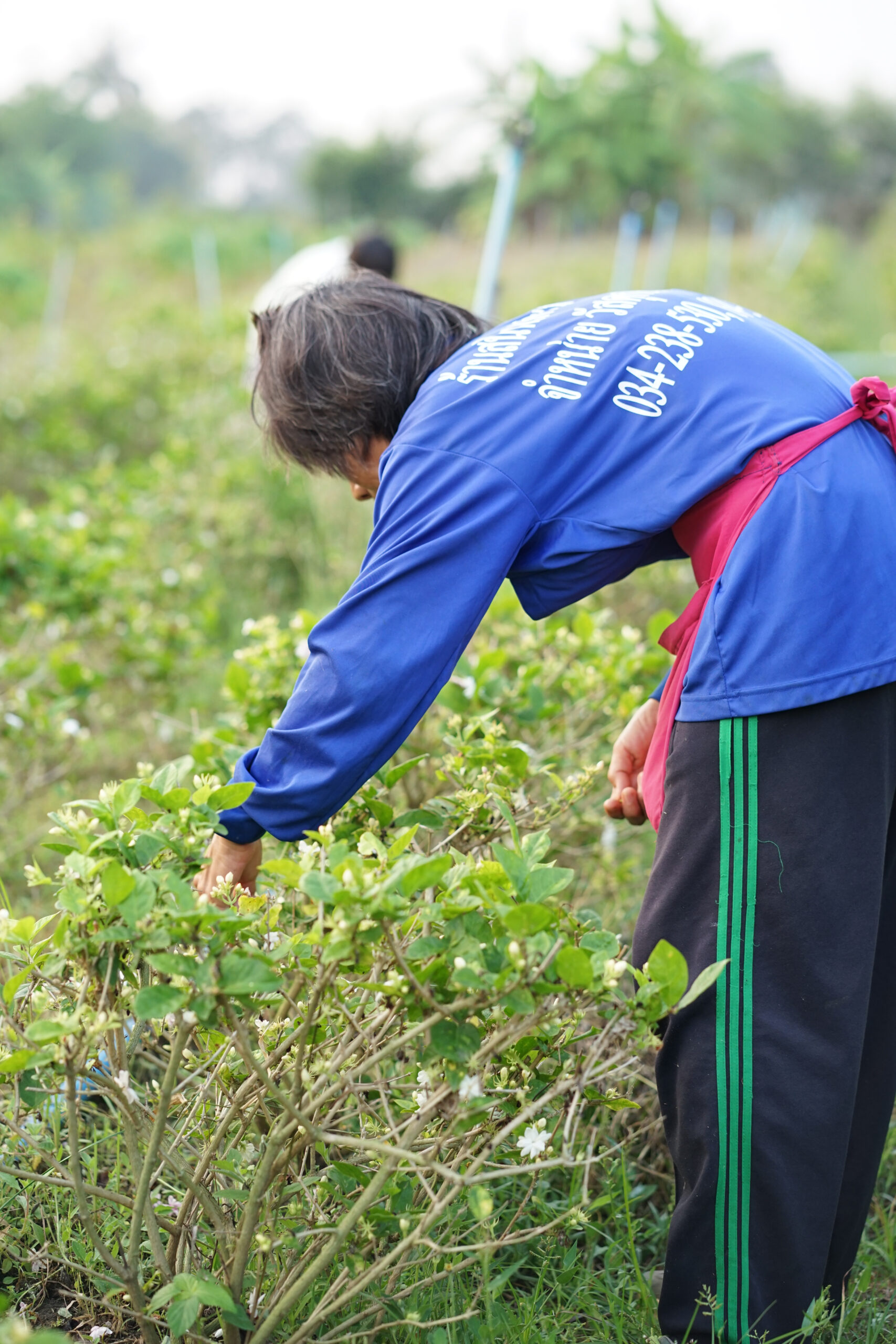
Of course, we all know Grasse for its production of jasmine and lavender. But it is India that is the world's largest producer of jasmine, with large quantities of flowers grown, particularly in southern India.
In Egypt, jasmine flowers are grown mainly in the Nile Valley region, around the town of Asyut. While jasmine production in Egypt is important for the perfume industry, it is also important for the use of jasmine flowers in religious ceremonies.
In China, jasmine is grown mainly in the Fujian province and the Guangxi region. It is a traditional plant, often used to make "jasmine-scented tea".

In the fields, jasmine flowers are harvested by hand early in the morning, when their fragrance is at its most intense. The flowers are then sorted and separated to remove the stems and leaves.
At the production plant, the jasmine flowers are immersed in vegetable oil to extract their fragrance. This method is called enfleurage, and produces a pure, high-quality essential oil.
One of the most precious essences in perfume!
Around 1,000 kilograms of jasmine flowers are needed to produce one kilogram of perfume essence. This is a very costly and laborious process, as the jasmine flowers have to be hand-picked early in the morning before they are exposed to the sun, and processed quickly to avoid losing their aromatic essence.
As with the rose, jasmine also inspires poets...
... From the old wall I know in a Gascon garden,
Aren't you really everything I imagine you to be?
The soul of lemon trees, oleanders and wisteria,
I breathe it into you as if from a balcony
Looking to the land of caravans...
I'm on the terrace where the flowers are falling apart
Like pearl tassels on your foreheads,
Grave little Muslim girls!
Like you, I braid seven-row necklaces -
And it's an old merchant the colour of dried dates
Who yesterday sold me his fragrant bottles
To sprinkle the cool night with fiery drops...
And you can be there, my sweet jasmine,
Pink like a rose or blonde like a bee.
- The Egyptian mimosa has similar clumps,
The roses of Isfahan have these carmine tones -
But for me, you're still a shellfish in white,
Tiny alabaster horns, weeping wax,
Crumbs of moonlight in the black holes of the foliage,
Flowers of my beautiful wild jasmine, whose heart
Seems to be hidden in the white case of a nightlight.
Sabine Sicaud Poem 1926 (extract)
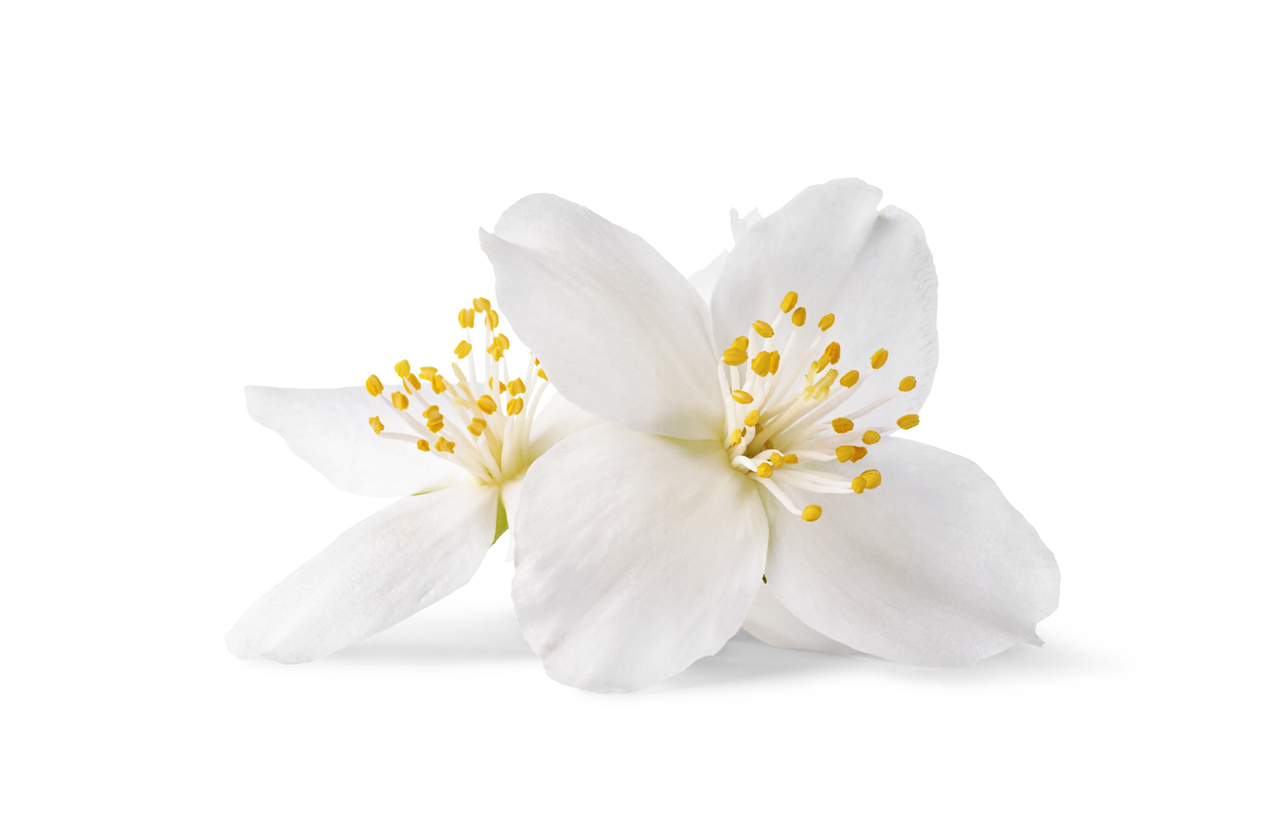
Article written by Christian Paindavoine, Founder of La Maison HAROLD & MAUDE
HAROLD & MAUDE 2024
